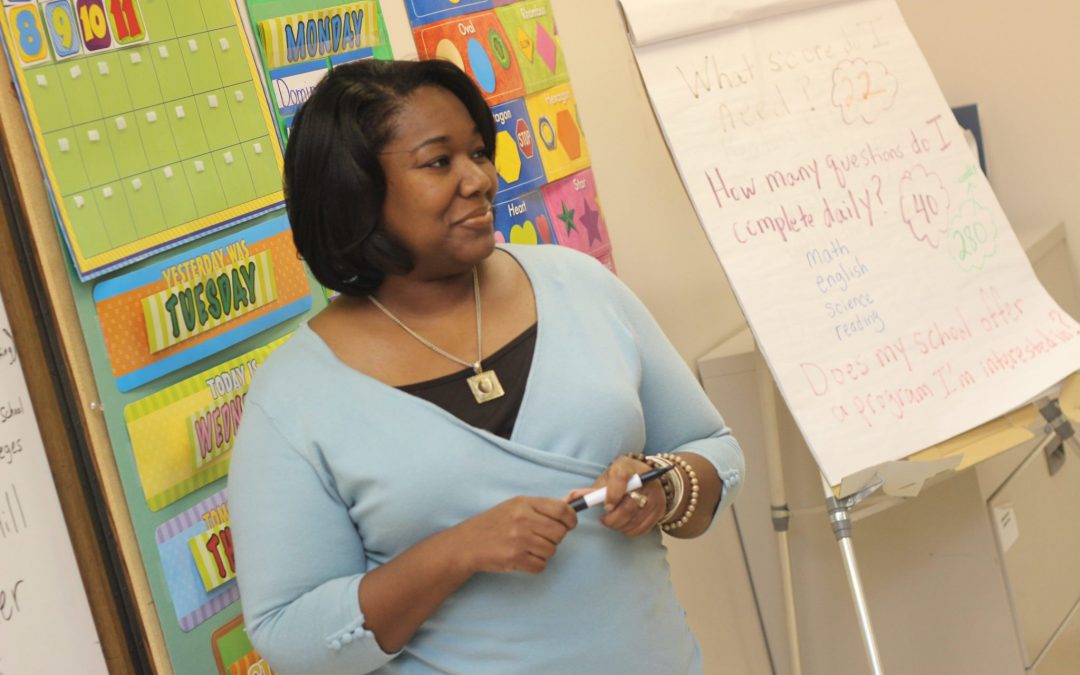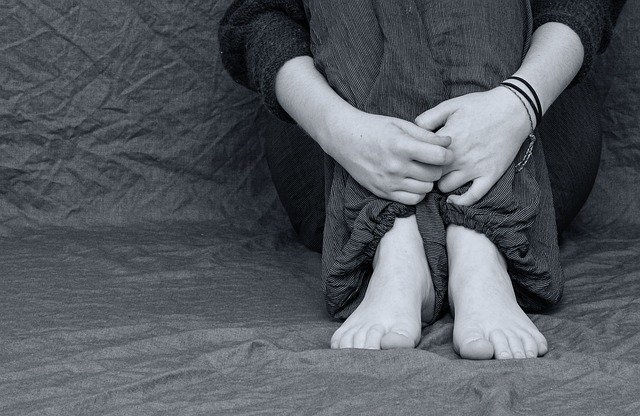
by Emma | Apr 14, 2021 | Blog, Educational Technology, Mental Health, suicide, Suicide Prevention, Teachers, Teaching Topics, Trauma
According to a study by the CDC, almost two thirds of participant students had at least one “adverse childhood experience,” or ACE. These ACEs are defined as different types of abuse, neglect and other household challenges. This type of trauma impacts the student, of...

by Emma | Apr 1, 2021 | Blog, Cyberbullying, Digital Citizenship, Digital Literacy, Digital Safety, Distance Learning, Educational Technology, Lesson Planning, Online Dangers, Pedagogy, Social Media, Technology
Now that social media and internet use are more ubiquitous than ever, it’s essential to teach and promote digital citizenship. As teenagers use computers more frequently in the classroom and at home, we need to teach responsible technology use in high schools....

by Emma | Mar 4, 2021 | Administrators, Blog, Bullying, Cyberbullying, Digital Citizenship, Digital Safety, Distance Learning, Educational Technology, Mental Health, Online Dangers, Online Learning, Safe Learning Environment, School Counselors, School Safety, Social-Emotional Learning, suicide, Suicide Prevention
Schools are an essential part of many children and teens’ support system. The COVID-19 pandemic brought light to just how important this support system is. According to CDC data, emergency rooms saw a spike in visits from children for reasons related to mental...

by Emma | Jan 20, 2021 | Administrators, Blog, Bullying, Cyberbullying, Digital Citizenship, Digital Safety, Distance Learning, Education Law, Educational Technology, Learning and the Law, Mental Health, Online Dangers, Online Learning, School Safety, suicide, Suicide Prevention, Teachers, Teaching Topics, Technology
According to the National Bullying Prevention Center, as many as one in five students experience bullying. Fifteen percent of bullying incidents occur online. Bullying often results in lowered levels of classroom engagement and academic performance. However, the...

by Emma | Jan 7, 2021 | Blog, Cyberbullying, Educational Technology, Mental Health, suicide, Suicide Prevention
The American Association for Marriage and Family Therapy (AAMFT) defines self-harm as “hurting oneself to relieve emotional pain or distress.” Also known as Non-Suicidal Self-Injury (NSSI) and self-injury, self-harm can be a difficult subject to discuss. However, it’s...







